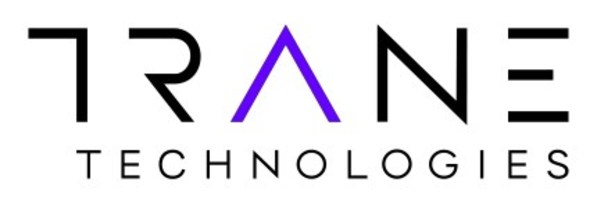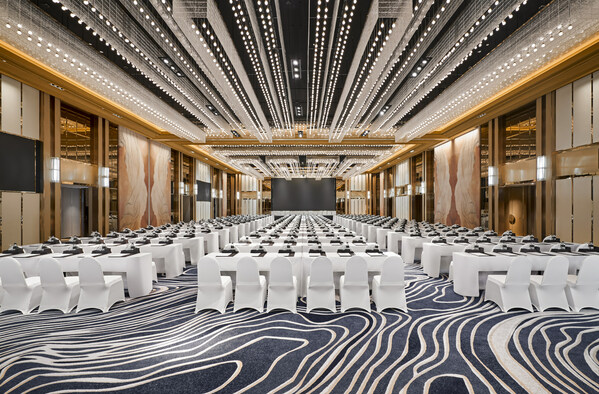TSUKUBA, Japan, Oct. 28, 2022 /PRNewswire/ -- An International research team at the International Center for Materials Nanoarchitectonics (WPI-MANA) has developed a biocompatible ultraviolet (UV) light-shielding compound from naturally occurring aqueous iron(III), hereinafter aqua-Fe(III), complexes stabilized inside a layered silicate scaffold.
(Image: https://kyodonewsprwire.jp/prwfile/release/M105739/202210248607/_prw_PI1fl_q4oTuUCH.jpg)
UV-absorbing materials are important to many industries, spanning healthcare, cosmetics, and material protection, among others. Their low environmental impact has made titanium dioxide (TiO2) nanoparticles the most commonly used UV absorber in sunscreens and cosmetics. However, many health concerns -- including its toxicity to cells and carcinogenic potential -- surround the use of TiO2. This has triggered the search for alternative safer, biocompatible, yet affordable UV-shielding compounds.
Now, researchers at WPI-MANA have prepared a new UV-absorbing material using biocompatible and readily available aqua-Fe(III) complexes. These complexes, which are widely available in biological systems, are naturally biocompatible. However, they are difficult to isolate and stabilize.
The WPI-MANA team, led by Dr. Yusuke Ide, used a layered silicate to stabilize the dimeric state of aqua-Fe(III) complexes. "The issue with aqua-Fe(III) complexes is that they are only stable in extremely acidic solutions, which presents a health hazard and is not feasible for use in products requiring UV shields. We use a material that has gaps, or pores, that are the size of the iron complex dimer. The aqua-Fe(III) dimer is imbedded into the silica pores and 'stuck' inside, thereby remaining stable even outside an acidic environment," explains Ide.
The silica itself is flexible, biocompatible, and affordable, and doesn't react with UV light, meaning it doesn't interfere with the UV-shielding properties of aqua-Fe(III). Moreover, when mixed with a natural oil, it forms a UV-absorbing material which could be interesting to the art and manufacturing industries. "UV damage to paintings and other goods is a standard problem, and our material could be used as a protective layer. It is more transparent than -- and functions just as well as -- conventional TiO2 coatings," concludes Ide.
With a variety of silicate frameworks available, this new method of manufacturing UV-shielding materials provides a clear blueprint for developing future applications of the same.
Research Highlights Vol. 80
https://www.nims.go.jp/mana/research/highlights/vol80.html
MANA Research Highlights
https://www.nims.go.jp/mana/research/highlights
Source: International Center for Materials Nanoarchitectonics (WPI-MANA), National Institute for Materials Science (NIMS)










